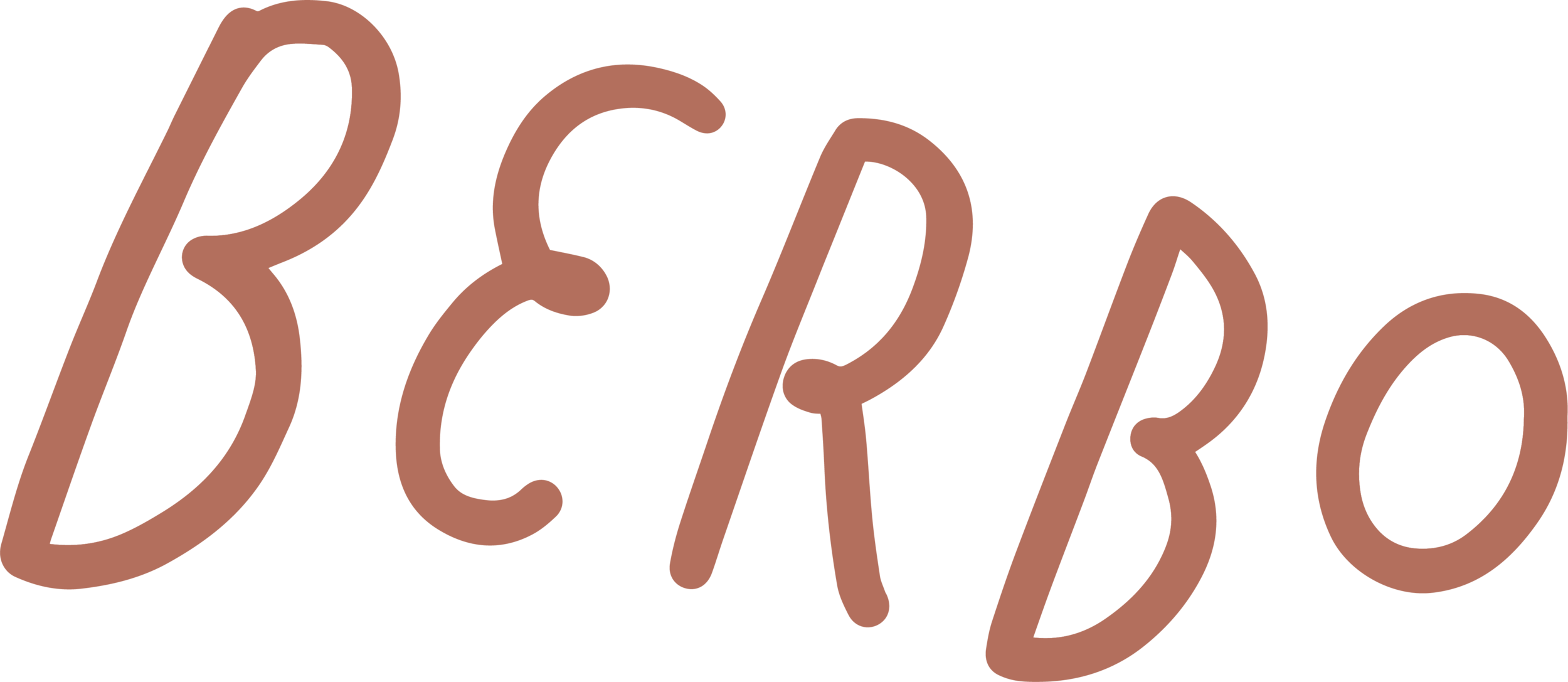Blooming beavertail cactus in Anza-Borrego
Mid-day in the Colorado Desert, warm and windy, and I’m hiking The Slot – a narrow siltstone canyon in Anza-Borrego that is gently and audibly eroding before me as the wind weaves through it. Sand falls, glittering and pattering all around like a dry rain, and I’m turning a word over and over again in my mind, wearing it smooth as a stone while I walk: Disintegration. As in: The canyon is dis-integrating itself.
Quite literally, the siltstone is deconstructed by the forces around it, dis-integrated piece by piece, a never-ending endeavor of endless forms. The canyon becomes itself anew, each moment of each day. The wind carves it, and so does water as it seeks its path of least resistance. Humans carve it as we slip between its tapering walls, and so do the plants that root and the birds that nest in its crevices.
The Slot hike in Anza-Borrego
The canyon’s whole environment shapes it, becomes the force fostering infinite new configurations as it disassembles and reassembles endlessly, as in creating a work of art. Sometimes, to become something new or different – to evolve – we must first find ourselves changed; unrecognizable. Just as the canyon morphs, dis-integrating its current self in every moment, I feel myself being disassembled and put back together again differently as I explore canyons, hike alongside desert streams, build a fire, and sleep alone under an expansively starry sky for the first time.
Blooming indigo bush – heady and sweetly scented, like jasmine – all around my campsite
Heading back home, transitioning from the desert to rolling scrubland and oak woodland, and finally to the towns and freeways funneling me back into human society, I feel a deep resistance to reintegration. I want to dis-integrate, to put a distance between me and what modern, extractive human society attempts to teach as truth: that the earth is ours to shape and take from as we please.
If you’d asked me before, disintegration meant: to disappear, turn from something into nothing; now I see it as the necessary step to becoming unrecognizable to the dissonant past, morphing into a more whole future, turning from one form into the inevitable, integrated next.
A granite bedrock mortar next to a stream in Borrego Palm Canyon, used (for centuries? millennia?) by Indigenous people for grinding and processing acorns, mesquite, and other foods
The beauty of becoming reacquainted with wild places, visiting intact ecosystems with highly adapted plants and animals in intricate and balanced relationship – perfectly and integrally formed parts of their environment – is that these places and relationships fill a deep void of questioning with their answer of interconnection. The challenge becomes the impossibility of reintegrating into a human society that makes so little sense in comparison.
So, my goal becomes a form of dis-integration, of living with a symbolic (and perhaps, someday, geographic) distance from extractive, human-exceptionalist society, while still attempting to serve our species – on behalf of all species – by translating the messages, lessons, warnings, and wisdom of wild beings. As Mary Oliver says in her essay Upstream, “May I be the tiniest nail in the house of the universe, tiny but useful.”
A last ghost flower (Mohavea confertiflora) hanging on in a shady canyon as desert spring wanes into summer






